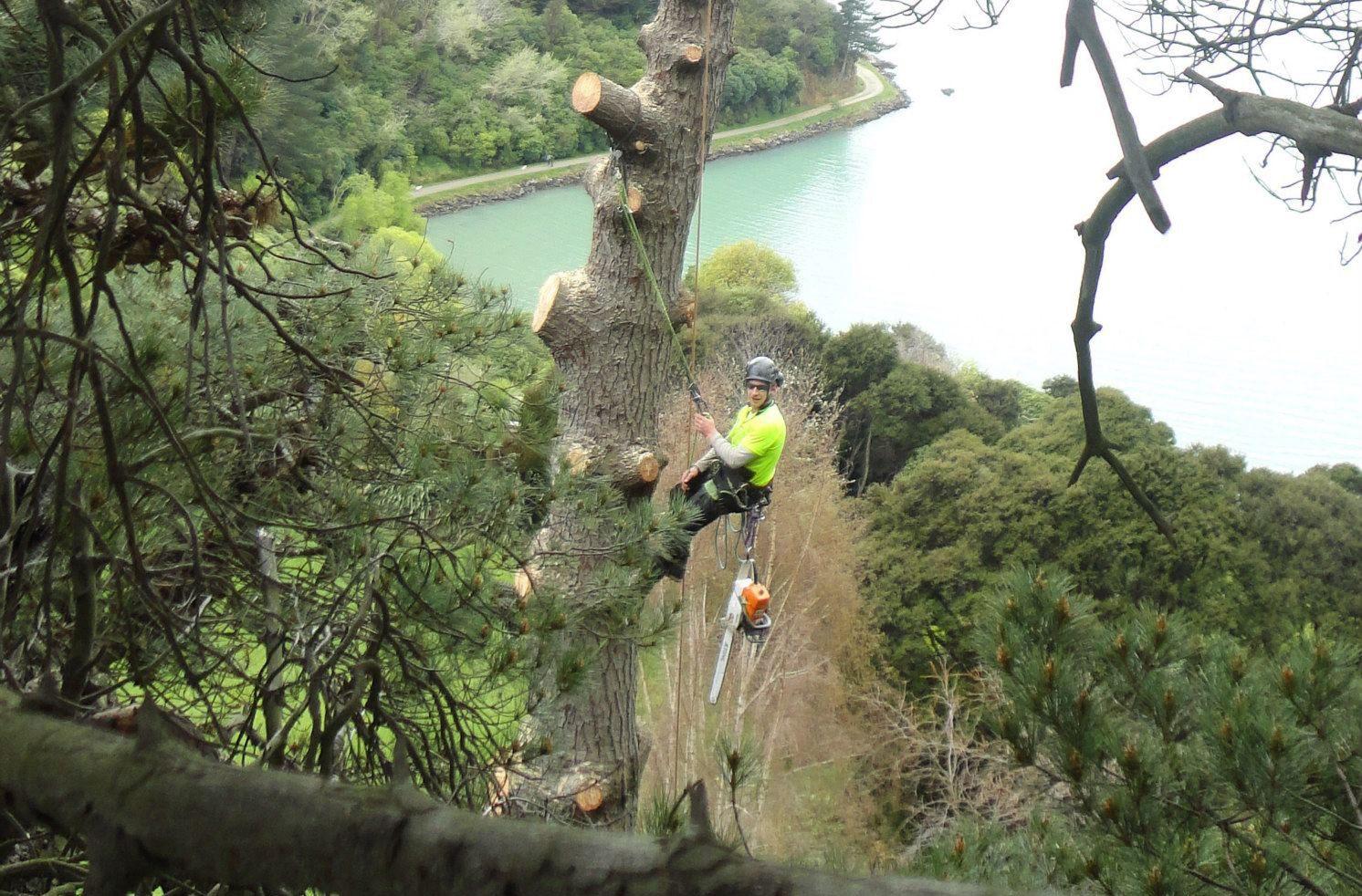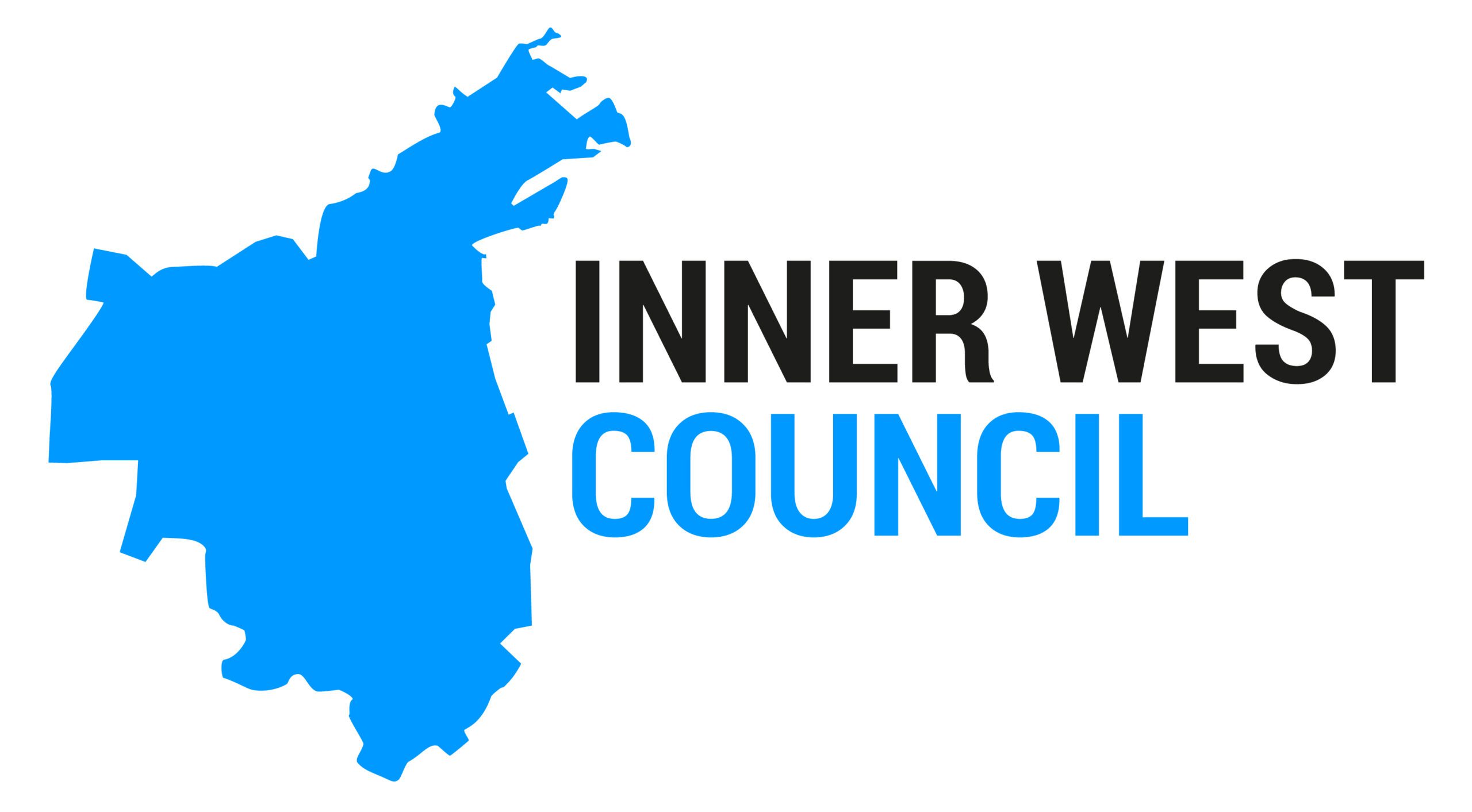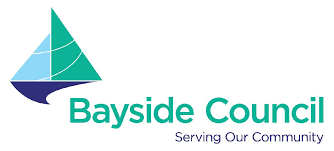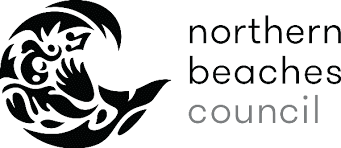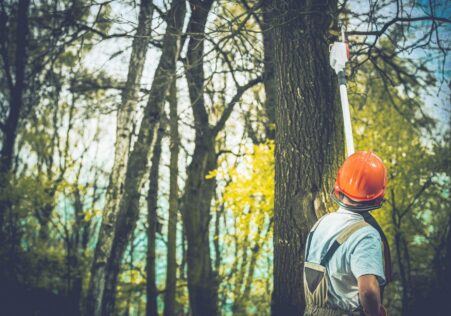The importance of proper tree Identification: How do you know If a Tree is Safe
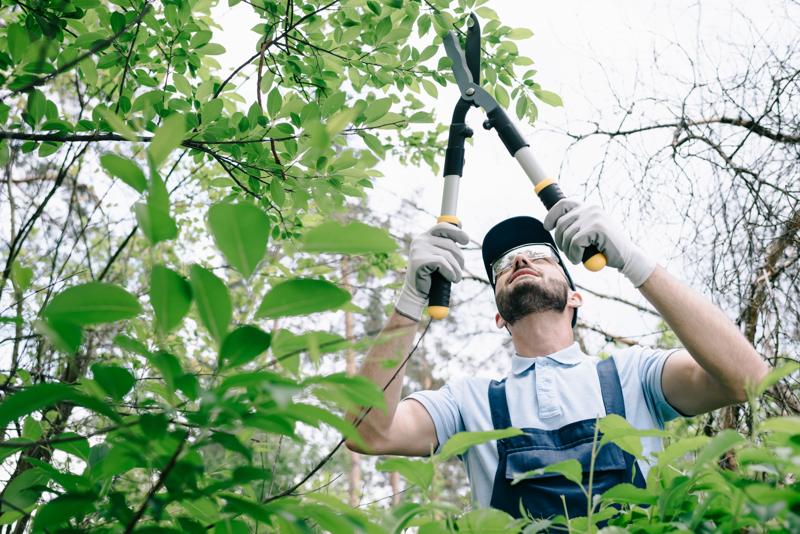
Trees play an essential role in our environment, providing shade, clean air and aesthetic value our surroundings. However they are not all identical and some are granted additional protection status, making it illegal to carry out any activity without authorization. If you are considering having a tree removed it is essential to know the status of protection for the tree in question and what steps you’ll need to take to comply with the law. The following article we will help you understand the process of determining whether trees are protected and what you need take to be sure you are following the law.
What exactly is a tree that is protected?
A protected tree can be subject to specific legal restrictions It is illegal to do work on such a tree without having the appropriate permissions. There are two kinds of protection that a tree could be protected by - statutory protection and preservation orders.
Legal protection
As a matter of the law, trees are protected by law and are subject to Tree Preservation Orders (TPOs). TPOs are enacted by local authorities in order to protect trees with a significant public value and ensure they are not destroyed or damaged.
Preservation orders
Preservation orders are similar to TPOs , but are put in place from the Secretary of State responsible for Environment. Trees with preservation orders are considered to have an exceptional value and are protected from any kind of work, including felling.
How do I know when a tree is in danger?
To determine if the tree is protected, you need to check if it is subject to a TPO or preservation or protection order. It is done by contacting your municipal authority, and asking them to search for records.
TPO search
To find the TPO to locate one, contact an Tree or Woodland Official at your local authority, who will inform you whether the tree is in the protection. They’ll also be able advise you on the next steps you should take if the tree is protected.
Preservation order search
In order to search for a preservation order, you’ll need to call the Secretary of State for the Environment. They can determine whether the tree is protected and give you the information you require and direction.
FAQs:
What happens if I conduct work on a tree that is protected without permission?
If you do work on a tree that is protected without the appropriate authorizations, you could be subject to significant fines, and possibly even jail time.
Can I contest to a TPO or preservation order?
Yes, you are able to appeal to a TPO or preservation order if you feel that it is not justified. But, you’ll need to prove your claim and explain that you believe that the TPO or order to preserve isn’t needed.
Can I take down a protected tree?
It is against the law to remove protected trees without permission from the appropriate authorities. If you want the tree to be removed, you will need to request permission and submit evidence to support your case.
Conclusion
To conclude, knowing if trees are protected is an essential step in ensuring that any tree work carried out legally. By understanding the different types of protection, and knowing how to identify them, you can ensure that you’re in compliance with the law and protecting the trees that you are responsible for. If you’re unsure of the status of protection for the tree you are in charge of, we suggest consulting a reputable tree specialist like Penrith Tree Services. Our arborists are experienced and will be able to inform you on the protection status of your trees and guide you through the necessary steps to ensure that you are acting within the laws. With our knowledge and dedication to providing top-quality tree care we will help you keep the beauty and worth for your tree. Contact us now by calling 0480 024 203 to schedule a consultation, and let us assist you to keep your trees safe and healthy.

